Posted on July 20, 2020 in Life Style.
Chronicle of Kristel Mourgue d'Algue: Air!
Trees, these “large perennial, woody, branchy plants, reaching at least seven meters in height and bearing lasting branches only at a certain distance from the ground”, constitute indisputable life companions. However, their presence or even their eventual elimination gives rise to the most extraordinary controversies within golf clubs. As early as the end of the 19th century, the famous Scottish architect, Donald Ross (1872-1948), already estimated that "Although we all love trees, we must not lose sight of the fact that they should only occupy an anecdotal place. on the courses. "
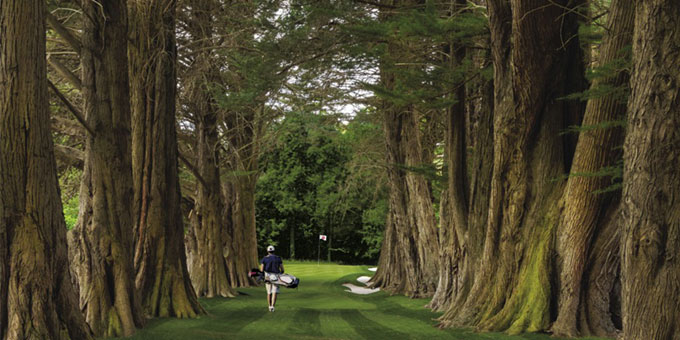
Photo: DR
When they are required to restore a layout, architects know this very well; tree management is the most common subject "Thorny" treat. In fact, in the 60s, Clubs were looking at all costs "Beautify" their journey. Trees, inexpensive as a whole, were therefore the ideal solution. Other advantages, in summer, they protect the players from a scorching sun and in the fall, they offer sublime colors. "The mysterious rustling of the branches and the rays of light which cross them in the evening" still exalt their undeniable charm according to Ran Morrissett, American specialist in architecture for Golf Magazine. Some have become emblematic, such as the sycamore from hole number 12 in Riviera, named “Bogey's tree. " The American actor, Humphrey Bogart indeed liked to shelter there in the company of a thermos of Jim Beam, to admire the untied swings of the professionals during the Los Angeles Open. The President of the United States, Dwight Einsenhower as for him, tried to get rid of the centenary pine of the 17th of Augusta National because he had become too close a friend! He was not successful but following the ice storm of February 2014, the venerable "Ike's tree" gave up the ghost!
Strategically placed trees also provide a sense of direction and become ingenious obstacles. As for the happy golfers, they will find sympathetic allies in the trees, able to bring back any lost balls ...
The second wave of “plant booms” took place in the 80s, in the United States in particular, when it was essential to guard against the risk of civil liability; the trees acting as a screen between the holes, especially on properties that are sorely lacking in space. Subsequently in the 90s, clubs awkwardly scattered them in an attempt to complicate the design and desperately fight advances in technology.
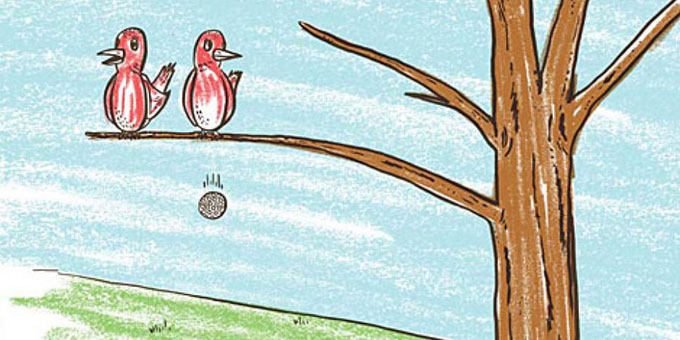
Trees can be nice allies… - Photo: DR
Fortunately, the “revolution” came from the legendary Oakmont golf course in Pennsylvania, which in 1993 undertook a 20-year restoration plan, mainly based on cutting down trees. At four o'clock in the morning, armed with searchlights and chainsaws, driving choppers and stump grinders, the gardeners were making 7.500 "subjects" disappear one by one in the space of a few days. Since 2007, Oakmont has cut 7.000 more in order to recover the original spirit of its founder, Henry Fownes in 1903 ... Searching their archives, other renowned clubs such as Shinnecock (New York), Olympic (San Francisco), Baltusrol ( New Jersey) or Winged Foot (New York), host of the men's US Open in September, followed suit and in turn breathed new life into their playing fields.
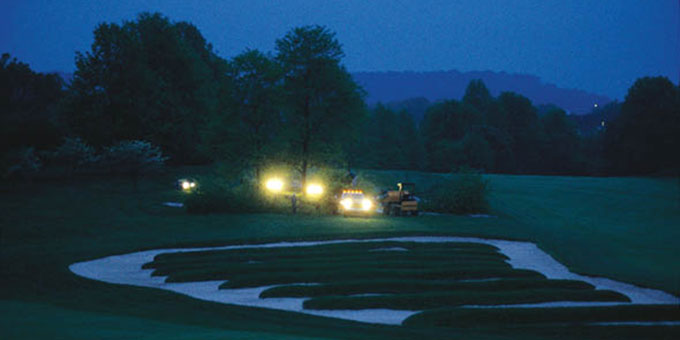
The Oakmont course "discreetly" fell its trees at four in the morning!
So why such a turnaround? First of all, when planting a tree, one should imagine it in half a century and imagine its future impact. Its roots obviously compete with its surroundings for moisture and nutrients, and may block drainage. Certain varieties should be avoided in particular (sycamores, poplars, willows, silver maples, etc.) for their creeping roots and fragile branches. It remains preferable to diversify the species in case of lightning diseases but also to privilege those which are indigenous. Thus, careful monitoring is essential but involves a recurring cost (pruning, treatment, etc.). According to the greenkeeper of Lake Sapanaway Golf Club in Washington, responsible management of the trees has resulted in savings of 30% on pesticides (www.usga.org, October 29, 2019).
If they excessively embrace greens and departures (less than 22 meters precisely according to the USGA *), the trees obscure the benefactor sun of the morning and generate shade which harms photosynthesis and the growth of grass. In addition, shade promotes the development of diseases and bluegrass (a dreaded weed) and in winter, it delays the thaw and at the same time the departure times. A preponderance of trees also impedes the healthy circulation of air over the entire course. Likewise, placed near bunkers, they can invade them. "Happily" leaves, acorns, pine needles ... and require additional maintenance. Therefore, pruning can allow you to discover a long view of the entire property and create a real breath but also to admire different swings on the neighboring fairways ...
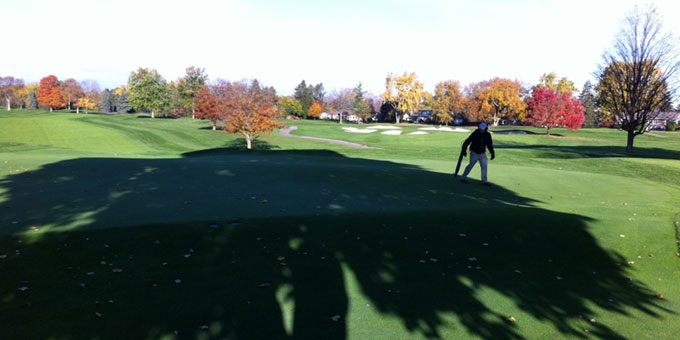
Photo: DR
In terms of the game, a plethora of trees also slows down the golfer turned lumberjack if necessary! When the undergrowth is cleaned, all is not lost… Recovery shots become possible again, and the development of quality plants such as heather brings beautiful spots of color throughout the year.
Strategically, trees can provide direction, but in no case can they form boring corridors, spaced linearly, eliminating all play options; this one having become one-dimensional. Too often, a zealous Ground Commission has sought to penalize intrepid players seeking to cut doglegs, by recklessly placing one or more "subjects." She only succeeded in eliminating what made the hole awfully fun, the risk-taking and the satisfaction of a heroic blow that eventually succeeded! The game is also made more demanding and fun when more air circulation allows the wind to rush through the holes. The absence of trees to frame the greens also remains a trick of those skilled in the art in order to remove any visual reference; depth perception becoming very delicate.
The links, golf grounds par excellence, bear witness to the nobility of the unforested routes. The greatest amateur in history, the American Bobby Jones (1902-1971), went even further by declaring: “I don't see the value of trees on the courses at all. " No need to appear so radical, but this wonderful sport evolves in a lively environment, which should be treated with respect and foresight. Lending an ear to architects and agronomists will always prove to be a good idea!
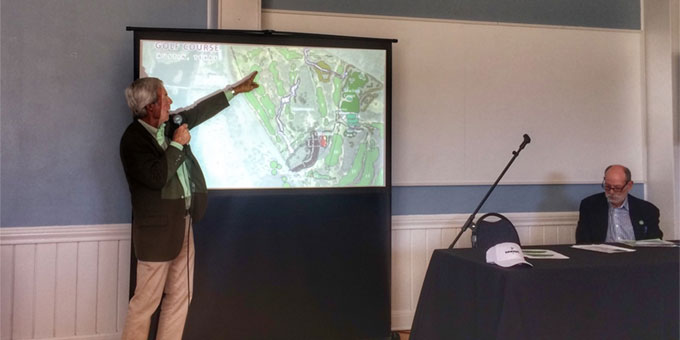
Three-time Masters winner Bren Crenshaw, along with his sidekick Bill Coore, is one of the best contemporary architects - Photo: DR
*United States Golf Association
KMA is a former European Circuit player, correspondent for Golf Magazine USA, co-owner of the Grand Saint Emilionnais Golf Club and “Golf” Ambassador of Beachcomber Hotels
To read the last column by Kristel Mourgue d'Algue:
The chronicle of Kristel Mourgue d'Algue: Psychology, room for improvement in French golf
Philippe Heuzé: An unforgettable day with Gary Player
Lacoste X Théo Curin: a new collection
The first Golf Art Fair at the Prieuré golf course








